Digestive System reviews

Click here for more review materials
Anatomy of a case report
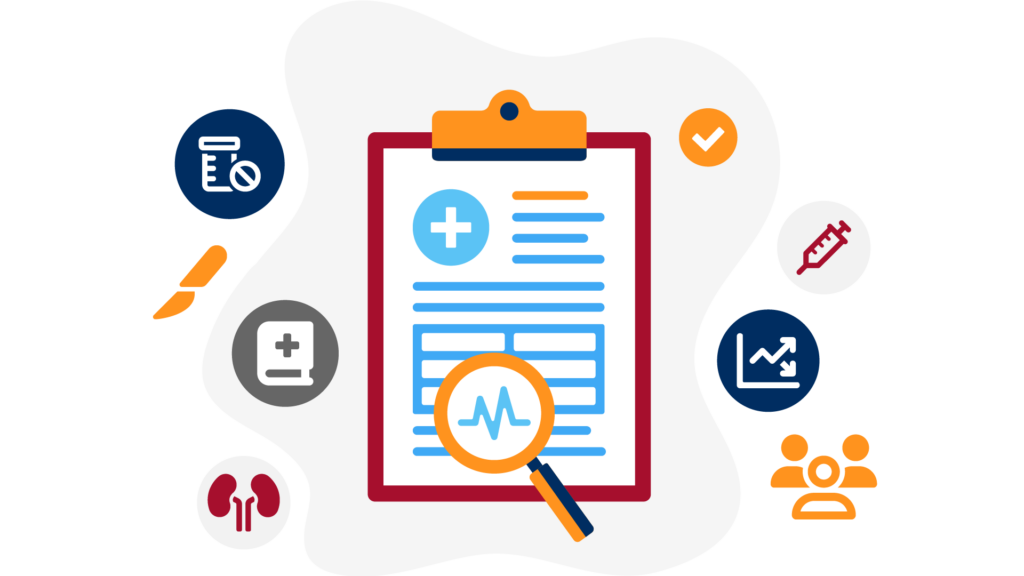
Writing case reports: A balanced perspective As educators, we often encounter students eager to write case reports. Dr. Coidado fielded so many queries and requests for assistance that she reached out to me to help her create this resource. While I have many reservations about this effort and my own personal biases, it’s important that […]
Lab 31: Dissection: Infratemporal Fossa and Floor of Mouth; Bony Anatomy of Pterygopalatine Fossa
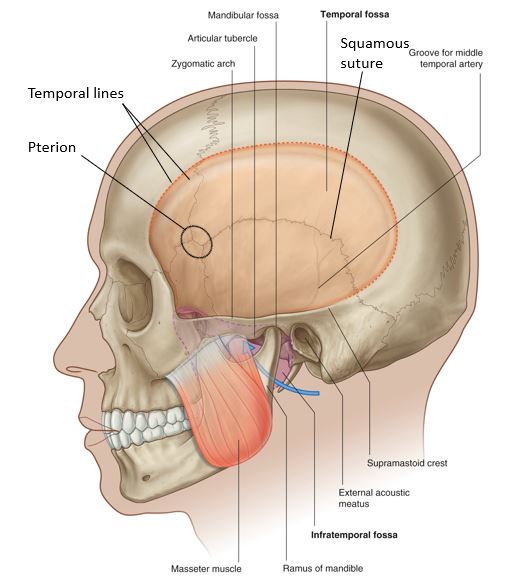
Download this lab as a PDF Goals Identify the temporal fossa and temporalis muscle. On a skull, identify the borders of the infratemporal fossa (ITF) and the foramina that connect it other regions in the head. Clean the masseter muscle on one side of the face and remove it from the mandible. Use an autopsy […]
Lab 30: Dissection: Posterior Triangle of Neck, Deep Neck, and Root of Neck
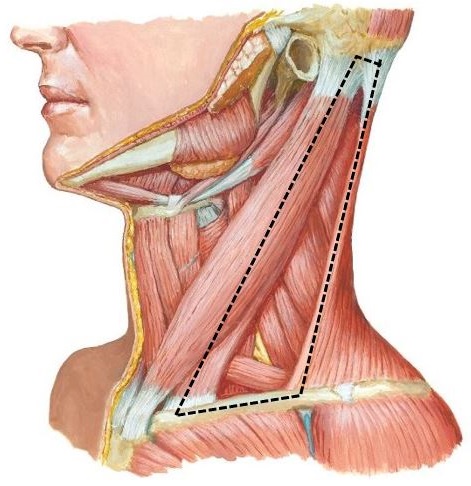
Download this lab as a PDF Goals Clean and identify the contents of the posterior triangle of the neck. Perform a deep dissection on one side of the neck to examine the sympathetic trunk and prevertebral muscles. Review the bony anatomy of the superior thoracic aperture and identify its contents. Clean and identify the structures […]
Lab 29: Neck: Anterior Triangle of Neck

Download this lab as a PDF Goals Review the bony anatomy of the cervical vertebrae and the hyoid bone. Clean the muscles and landmarks that define the triangles of the neck. Dissect the contents of the anterior triangle focusing on these subtriangles: carotid, muscular, and submental. Study prosected specimens. Osteology of the Neck Cervical Vertebrae […]
Lab 28: Dissection: Orbit and Ear
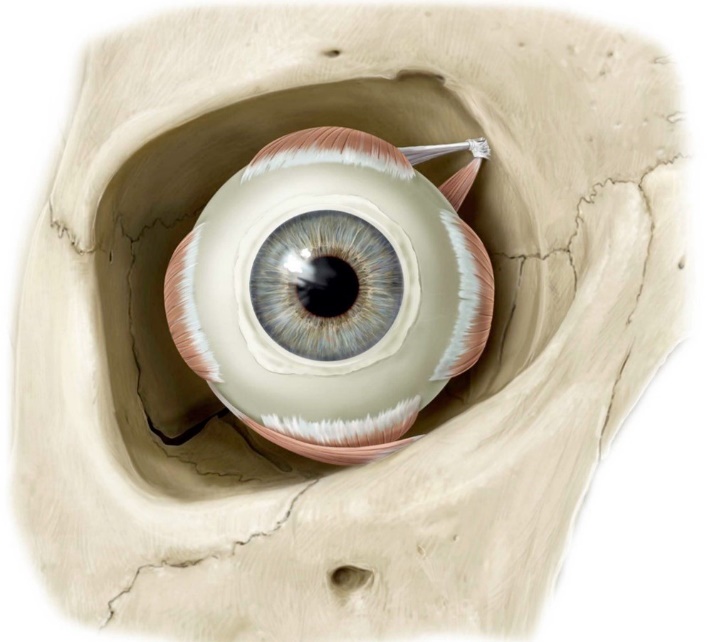
Download this lab as a PDF Goals Identify the bony walls and foramina of the orbit. Open the orbit via a superior approach on both sides and dissect its contents. Find the lacrimal gland in the cadaver and study the lacrimal apparatus on a model. Dissect the orbit from an anterior approach on both sides […]
Lab 27: Face, Parotid Gland, and Superficial Neck
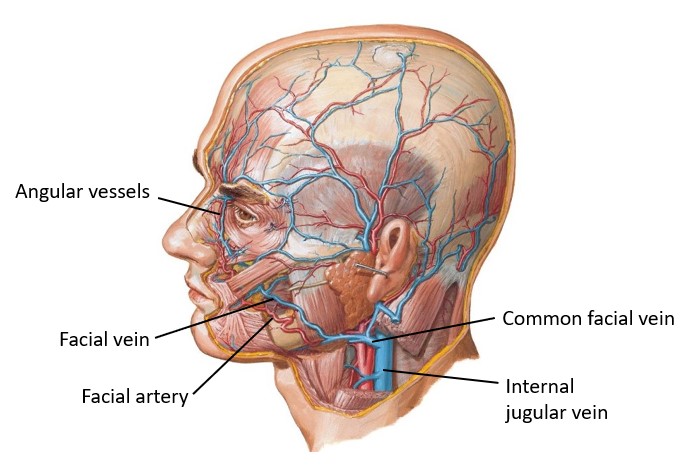
Download this lab as a PDF Goals Identify the bones associated with the face and parotid gland. Identify surface landmarks on the face. Clean and identify muscles of facial expression. Identify branches of the facial nerve on the face. Locate the major sensory nerves of the face. Identify the facial artery and vein. Identify the […]
Behavioral System
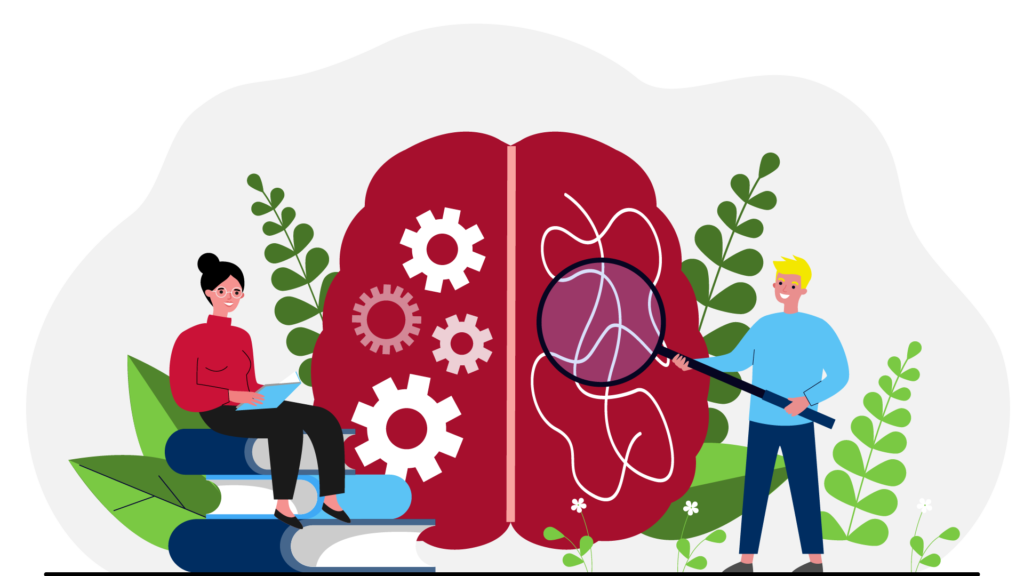
Treatment plans Anxiety disorders Anxiety disorders. Diagnostic and Statistical Manual of Mental Disorders, 5th edition, Text Revision (DSM-5-TR®). Depression Depression in the primary care setting. Park LT, Zarate CA Jr. N Engl J Med. 2019 Feb 7;380(6):559-568. doi: 10.1056/NEJMcp1712493. PMID: 30726688; PMCID: PMC6727965. Psychotic disorder Practice guideline for the treatment of patients with schizophrenia. The American […]
Lab 26: Scalp, Cranial Cavity, and Meninges
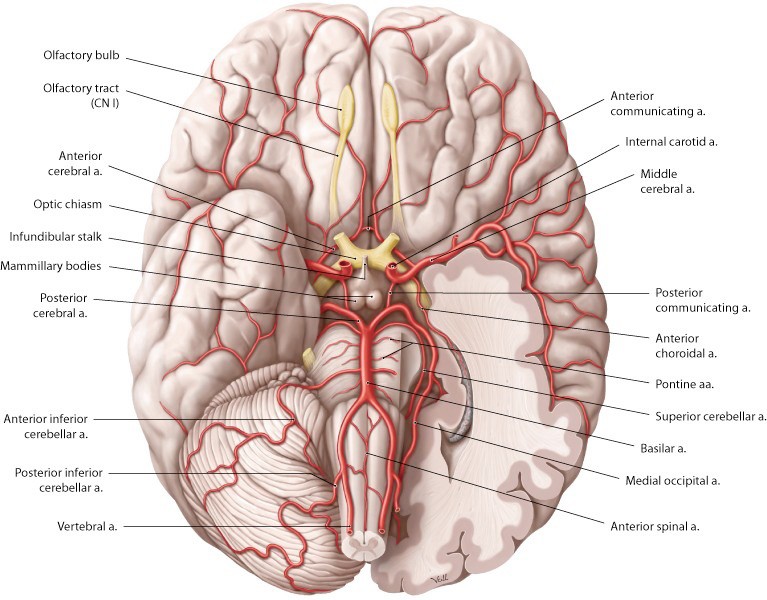
Download this lab as a PDF Goals Identify the layers of the SCALP. Examine the dura mater and the dural septae. Remove the brain and study: meningeal coverings, gross features, and arterial supply (circle of Willis). Examine the internal aspect of the base of the skull and the cranial fossae. Identify cranial nerves and blood […]
Lab 5: Blood supply and circulation
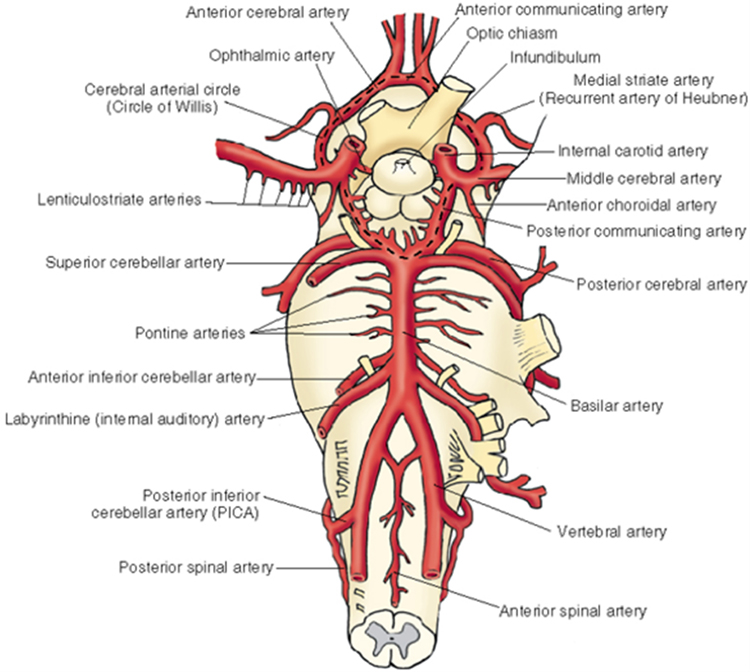
Arterial blood supply Review from FMS 501 Vertebral arteries Read More Supplying the brainstem and cerebellum Anterior and posterior spinal Posterior inferior cerebellar Basilar (unpaired)—multiple pontine branches also come directly off the basilar artery Anterior inferior cerebellar Superior cerebellar Posterior cerebral posterior communicating Internal carotid Read More Supplying the midbrain, thalamus, hypothalamus, and cerebrum Middle […]